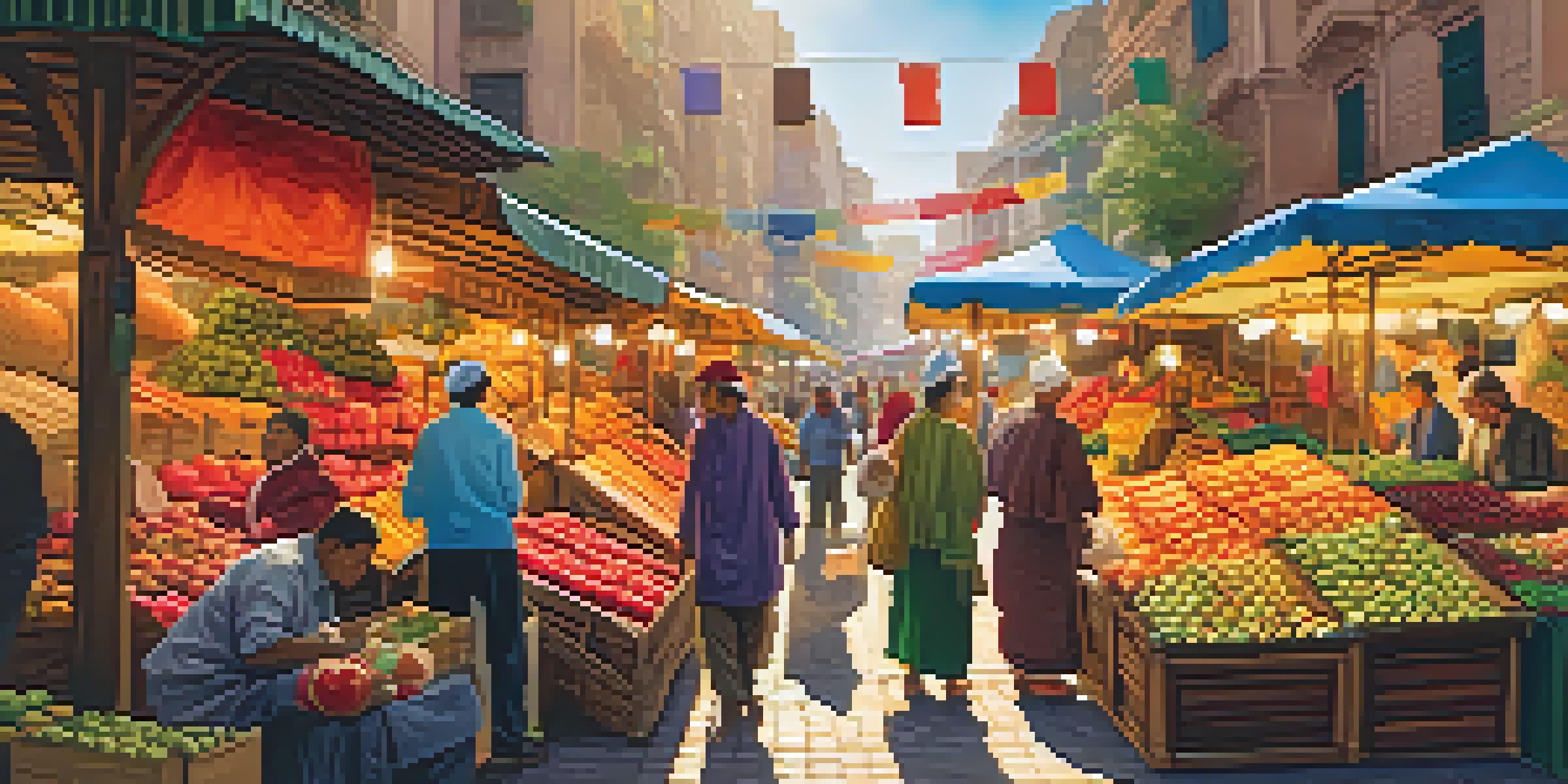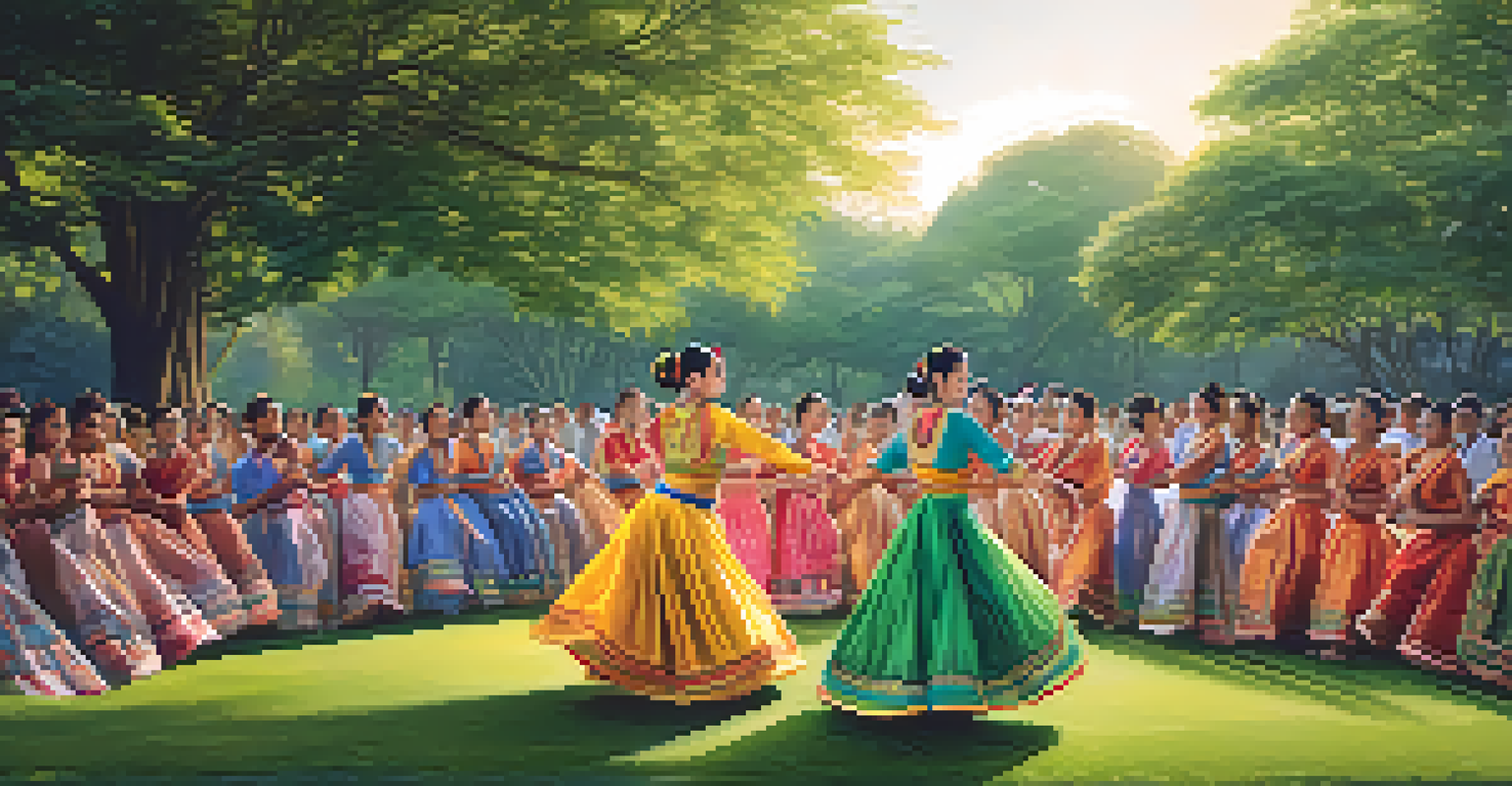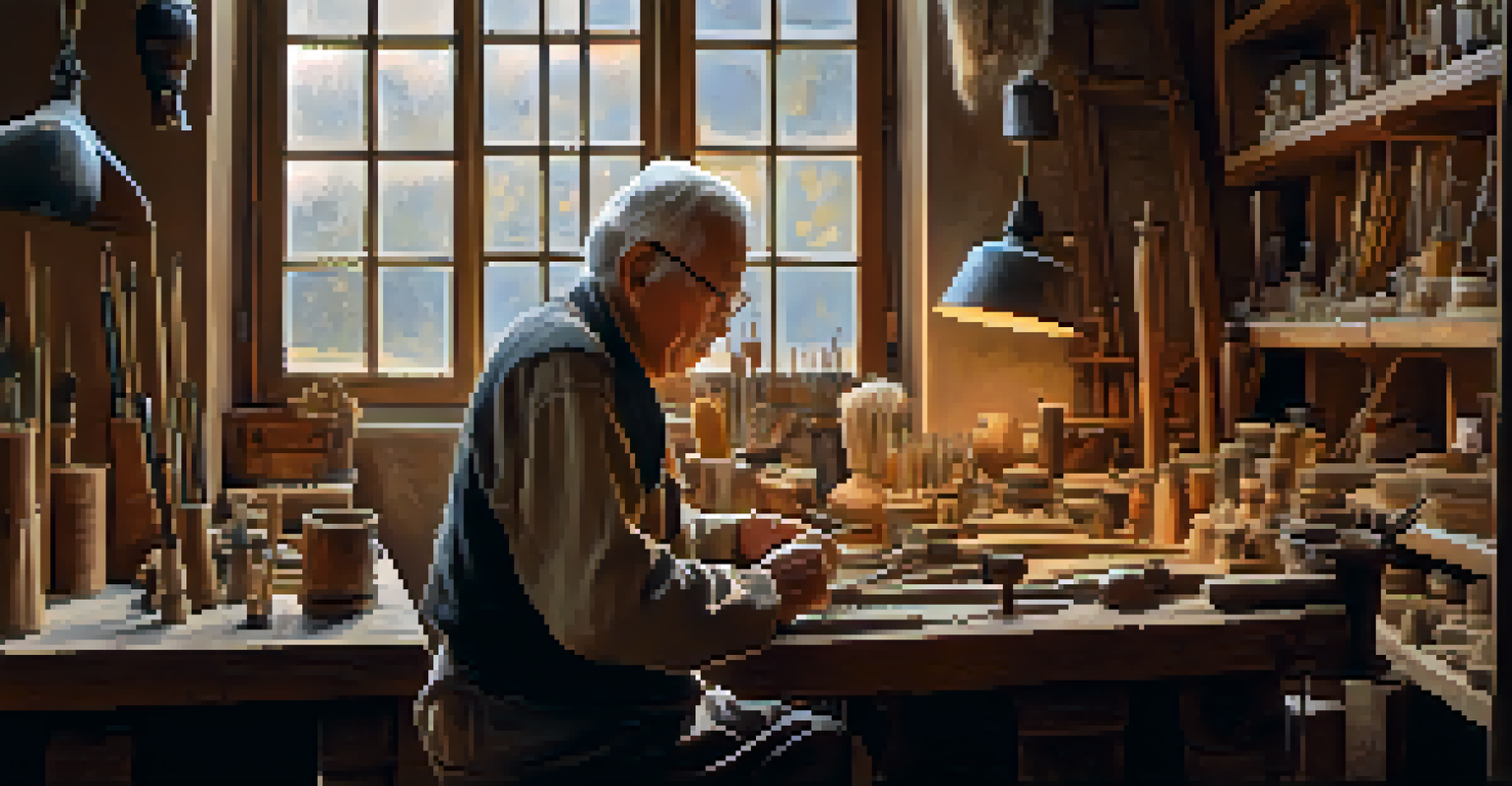Photography Etiquette: Capturing Cultures Respectfully

Understanding Cultural Sensitivity in Photography
When photographing different cultures, it's essential to grasp the nuances of cultural sensitivity. This means recognizing that every culture has its values, traditions, and norms that may not align with your own. For instance, what might seem like an everyday scene to you could be a sacred moment for someone else.
Photography is a way of feeling, of touching, of loving. What you have caught on film is captured forever... It remembers little things, long after you have forgotten everything.
Being sensitive to these differences helps build trust and respect between you and your subjects. Engaging with the community and understanding their perspectives can lead to more authentic and meaningful photographs. It’s not just about capturing an image; it's about telling a story that honors the culture.
Ultimately, cultural sensitivity is about approaching photography as a dialogue rather than a monologue. By listening and learning, you can create images that resonate deeply while respecting the people and traditions behind them.
Ask for Permission: The Golden Rule
One of the simplest yet most powerful rules in photography etiquette is to always ask for permission before taking someone's photo. This shows respect for individuals and their personal space. Imagine how you would feel if someone captured a candid moment of you without your consent; it can be uncomfortable and invasive.

Asking for permission can also lead to richer interactions and stories. People may share their thoughts or even allow you to capture more intimate moments if they feel respected and valued. A simple 'May I take your photo?' can go a long way in establishing rapport.
Cultural Sensitivity is Key
Understanding and respecting cultural differences is essential for capturing authentic and meaningful photographs.
In some cultures, photography may be viewed differently, and consent is paramount. Being polite and considerate not only helps you build relationships but also enhances the authenticity of your work.
Respect Privacy: Not Every Moment is for Capture
While photography can be a beautiful way to document life, it’s crucial to respect privacy. Some moments, especially those tied to personal or cultural significance, should remain private. Think of it like a family gathering—some moments are meant to be cherished quietly, not broadcasted.
The best thing about a picture is that it never changes, even when the people in it do.
When in doubt, observe and assess the situation. If something feels too personal or intimate, it's best to refrain from capturing it. Respecting privacy not only honors your subjects but also builds a reputation as a responsible photographer.
Remember, your role is to tell stories, not exploit them. Focusing on respect and understanding will help you create work that is both respectful and impactful.
Cultural Appropriation vs. Appreciation in Photography
Navigating the line between cultural appropriation and appreciation can be tricky in photography. Cultural appropriation often involves taking elements from a culture without understanding or respecting their significance. This can lead to misrepresentation and hurt feelings.
On the other hand, cultural appreciation involves honoring and representing a culture authentically. This means doing your homework, understanding the context behind what you’re photographing, and giving credit where it’s due. For example, if you’re photographing a traditional dance, learn about its origins and significance before sharing it with others.
Ask for Permission Always
Seeking consent before photographing individuals shows respect and can lead to richer, more intimate interactions.
By approaching photography with an appreciation mindset, you contribute to a more respectful and informed portrayal of diverse cultures. This not only benefits your work but also the communities you engage with.
Building Relationships: Engage with Your Subjects
Photography is not just about the image; it’s also about the connections you build with your subjects. Taking the time to engage and interact can transform a simple photo into a powerful story. Consider approaching subjects with curiosity and an open heart, inviting them into the process.
Sharing your own story can also create a mutual bond. When people see you as a genuine human being rather than just a photographer, they may feel more comfortable in front of your lens. This can lead to more authentic expressions and moments.
Ultimately, building relationships enhances the storytelling aspect of your photography. The images you create will carry deeper meaning and resonate more with viewers.
Showcasing Diversity: Include Various Perspectives
Incorporating diverse perspectives in your photography not only enriches your work but also honors the complexity of cultures. This means looking beyond stereotypes and seeking out stories that reflect the true essence of a community. For instance, capturing the everyday lives of people can provide a more holistic view than focusing solely on traditional attire.
Seek out voices within the community, especially those that may not typically be represented. By showcasing a range of experiences, you paint a fuller picture of the culture you’re documenting. This approach can help combat stereotypes and promote understanding.
Build Relationships with Subjects
Engaging with your subjects fosters genuine connections that enhance the storytelling aspect of your photography.
Remember, every culture has varied narratives. Highlighting these differences can create a more inclusive and respectful representation in your photography.
Sharing Your Work: Credit and Acknowledgment
Once you've captured beautiful images, sharing them responsibly is crucial. Always credit your subjects and acknowledge their stories. This not only respects their contribution but also fosters a sense of community and collaboration.
When sharing on social media or in exhibitions, consider adding context to your images. Explain the background, the significance of the moment, and what you learned from the experience. This deepens the viewer's understanding and appreciation of the culture depicted.

Lastly, be open to feedback. Engaging with the community about how your work is received can provide valuable insights and promote a dialogue about representation in photography.
Continuing the Conversation: Learning and Evolving
Photography etiquette is not a one-and-done checklist; it's an ongoing conversation. As cultures evolve and societal norms shift, so should your approach to photography. Staying informed and open to learning helps you adapt and grow as a photographer.
Engage with other photographers and communities to discuss best practices. There are always new perspectives to consider and experiences to learn from. This collaborative spirit not only enhances your skills but also contributes to a more respectful photography landscape.
Ultimately, the goal is to create a more inclusive and understanding world through your lens. By committing to continuous learning and respect, you can capture cultures in a way that honors their complexity and richness.